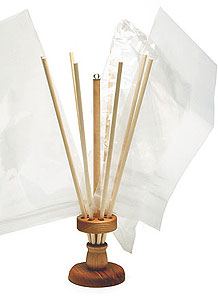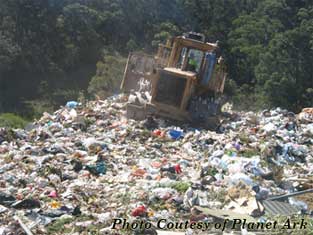- Hawai’i Wildlife Fund mountainous beach cleanup
- The object of Seal Sitters’ affection–who could resist?
This is a bit of a riff, but bear with me, we’ll end up at Lincoln Park. I’m still buzzing about animal presence, and wanted to share some o’ that love. After the iridescent octopus at Makena on Maui, the turtle-paloosa at every beach we visited, the shave-ice colored wrasses and graceful idols, the whales, spinner dolphins, I wanted to learn about local folks helping to protect the gift of nature that Hawaii is… and one group stood out: Hawaii Wildlife Fund.
HWF was founded in 1996 by two biologists who saw the encroachment of all kinds of not-very-wild activity on an environment that depends on wild conditions. They are, as co-founder Hannah Bernard put it: “small but mighty.” They spend most of their energy actually doing things like this and this and this (poopy!). They have an awesome education and intern program (do they take 60 year olds??), outreach, and have built an impact worth supporting.
So….Lincoln Park, here’s the link up: as soon as I learned about HWF, Seal Sitters here in West Seattle came to mind. Local with an impact that belies its size, passionate and visionary…Good stuff. Some things I love about Seal Sitters: they have educated a whole city about the little seal pup on the beach, the one people may mistake for injured or worse, others may think would be a happy playmate for their dogs, and still others who might not have noticed at all. It’s neighborly, it’s profound, it’s small but mighty.
Co-Founded by author Brenda Peterson and gaining strength as Seal Sitters in 2007, the group has helped so many–kids, adults, even dogs– understand that it is up to us to protect and share the beach as part of our wildlife habitat. You see them often on Alki, but for the last couple of years, you’ll also see them at the beach in Lincoln Park, setting up a protective zone around a seal pup resting on the shore. They have a great blog (blubberblog, best. name. ever.), our beloved West Seattle Blog is a big booster, and the volunteers are more than happy to talk about what they do. The pups are still taking long sleeps on the shores so keep an eye out for that thing that Seal Sitters does so well.
Wildly, improbably, a few people saw a need and decided to do something about it. As a result, they really have changed the world–one beach at a time. I love that.
52 Weeks of Lincoln Park: week #10








